Before the Web
Portfolio Showcase : 1981-1989
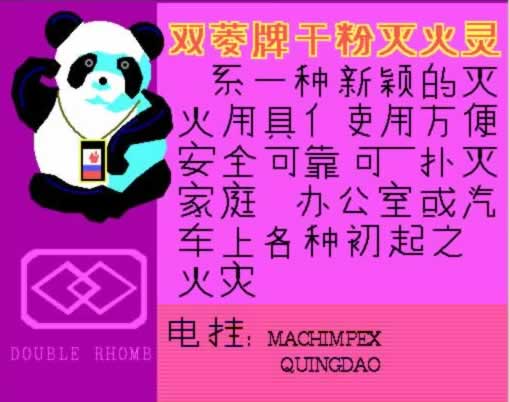
The early 80's saw the "first wave" of investment in consumer-oriented interactive online digital services, known at the time as "Videotex".
It was still very early days: The PC had barely been invented, the mouse was non-existant, standards were haphazard, graphics were crude and communications bandwidth was laughable.
Still, we got it to happen.
Success is a lousy teacher. It seduces smart people into thinking they can't lose.
Visual Delight
"Byte-Lite" and device-independent, the newly-minted Videotex platform gave us an international non-proprietary standard that could be used for a broad range of new media applications.
At this early stage I was one of the few people who designed the "look and feel" of interactive systems. And I'd had just earned a Masters Degree from the Interactive Telecommunications Program at NYU.
TCS is Born
This was when I established The Communication Studio Inc (TCS) - one of the first Interactive design service bureaus in the nation.
During the the next few years we did a lot of work with technology and communication firms, as well as some of the earliest online publishers, advertisers, and transactional services players.
It was clear that the emerging "electronic publishing" arena needed to address the practical issues of Presentation, Production, Transaction and Transformation with automation techniques and productivity software.
The Communication Studio provided some of the first marketable design productivity solutions to an impressive list of clients.
Uh-Oh
Ultimately though, Videotex was an idea whose time hadn't quite come just yet.
A concept born in the 70's, it assumed "big iron" mainframe servers, dumb user terminals, and services that were dominated by huge corporate conglomerates. Deregulation, unanticipated technology leaps (like PC's) and a failure of service providers to play together gracefully all undermined the original centralized business model.
It was interesting, cutting edge work in exciting times. The future looked bright - and very, very near. TCS worked with clients across a range of international "browser platforms".
Visionary Videotex was fun while it lasted - and "the vision thing" was right - but the reality still had to wait a few years.
1981-1989
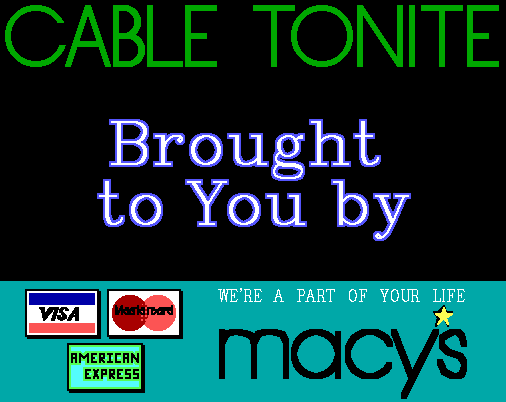 MediaNet
MediaNet
MediaNet was looking for a way to provide quick, easily-updated custom advertising over local cable channels.Our software suite was designed for managing attractive point-of-sale advertising graphics in an-easy-to-use, template-driven environment.
 TransLux
TransLux
This Telerate subsidiary wanted to use our templated page creation system to actively market their LED light "streamer" electronic signage boards.
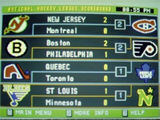 SportsTicker
SportsTicker
Live Sportsline provider SportsTicker wanted to use our software, formatting techniques, graphics and templates to provide a dynamic graphically-enchanced display for SportsTicker's text-only sports information service.
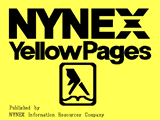 NYNEX
NYNEX
As the interactive industry developed, the telephone giant NYNEX saw the opportunity to leverage their position as a networking leader in the new media arena, focusing on directory, advertising, and target marketing.
 Citibank
Citibank
In late 1986 Citibank decided to deliver corporate services via intranet to the bank's employees via their desktop computers and a series of standalone information kiosks located in common lobby areas.
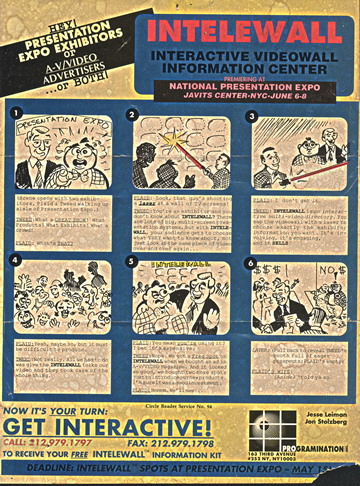 Intelewall
Intelewall
In mid-1987 my good friend and new media visionary Jesse Leiman was marketing one of the exciting new concepts in the presentation arena: A huge wall of point-f-sale interactive screens. I mocked up the drawings for this storyboard-style advertising sheet...
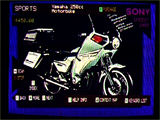 Sony / Ford
Sony / Ford
Consumer technology leader Sony wanted to model the potential for integrating full-motion, high resolution videodisc images with dynamically-updatable graphics and interactive navigation.
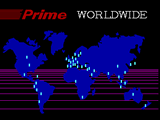 Prime Computer
Prime Computer
Computer hardware firm Prime Computer and software developer Disc International wanted to provide customers with a suite of attractive, flexible design & publishing tools for the front-end of their computer hardware suite of Viewbase interactive products.
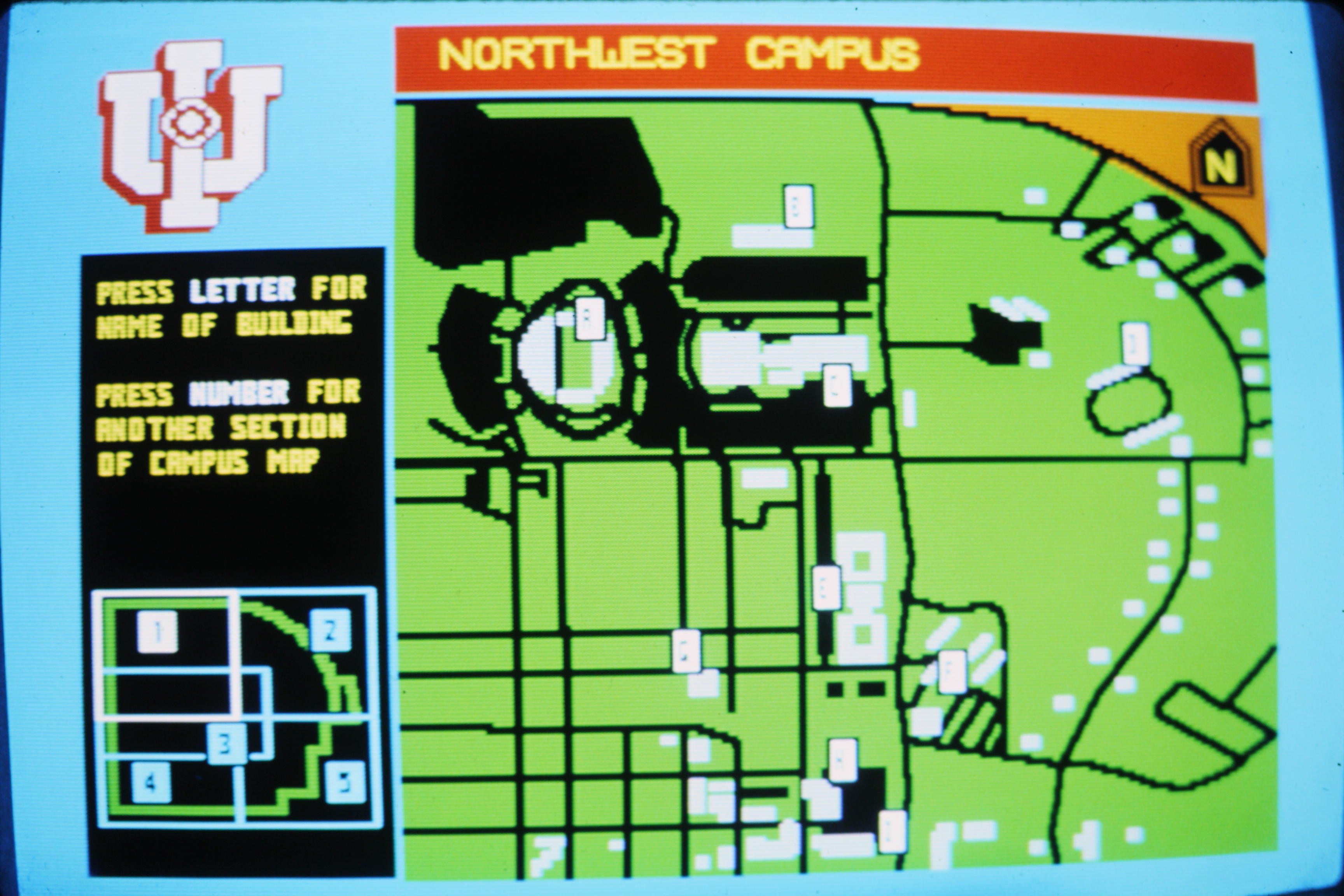 Indiana University
Indiana University
Indiana University was way ahead of the game in 1986 when they started looking into setting up a campus-wide educational network. They wanted a model of that vision...
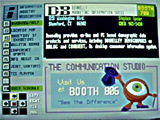 Information Industry Association
Information Industry Association
By 1986 the IIA was moving quickly towards interactive electronic online services. We provided a major tradeshow with a full suite of self-service convention floor services - And we made money at it.
 Pacific Bell
Pacific Bell
In 1985 Pacific Bell initiated work on "Project Victoria", a proposed rollout of digital interactive services to the home based on ISDN (Integrated Services Digital Network) technology.
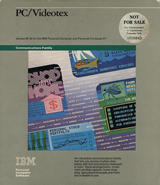 IBM Info
Systems
IBM Info
Systems
IBM wanted to be able to use their own PC-Videotex decoder and SVS-1 minicomputer hosting system as direct marketing vehicles. We created several sites - as well as marketing materials.
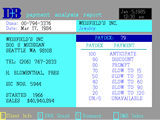 Dun & Bradstreet
Dun & Bradstreet
D&B was ahead of the curve when - in early 1984 - they explored the intriguing possibility of putting their financial brokerage information online. We modeled a Financial Portfolio Prototype for them.
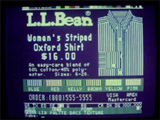 AT&T
AT&T
AT&T wanted to demonstrate the graphical and animation design capabilities of the Frame Creation System that they were marketing to the emerging interactive online environment to their upper management.
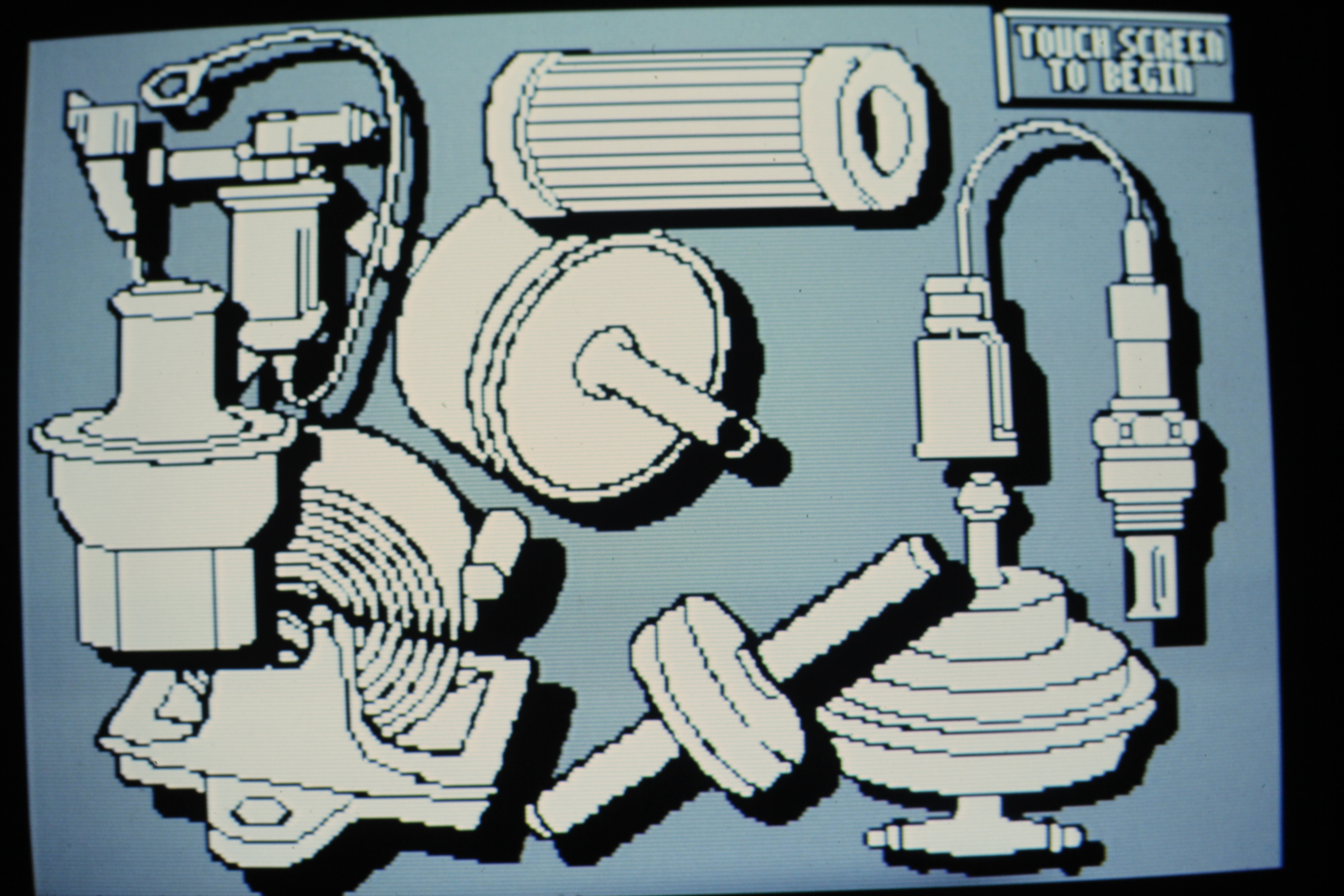 AutoZone
AutoZone
In 1984 Rival Automotive's Automated Retail Information Systems (ARIS) approached AutoZone with a proposal to install point of sale kiosks with touch-sensitive screens in all AutoZone stores.
 Chase Bank
Chase Bank
Like many other banks at the time, Chase needed to explore the possibilites of the newly-emerging interactive financial arena.
 IBM / China Comm
IBM / China Comm
In mid-1984 IBM approached us to assist them in creating a large interactive direct marketing site for their international marketing effort at the China Comm '84 Technology exposition in Beijing.
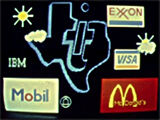 Texas Instruments
Texas Instruments
Texas Instruments had a vested interest in ensuring that their new graphics technology products were competitive in the interactive business arena. TCS created models & prototypes in target market areas.
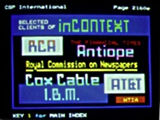 CSPI Ltd.
CSPI Ltd.
Communication Studies and Planning International, Ltd. was one of the pre-eminent market/technology research services during the early days of the emerging interactive online industry.
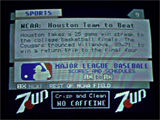 NBC
NBC
During the early 80's all of the major networks wanted to get on the interactive digital bandwagon, too. NBC was one of the first to test the waters.
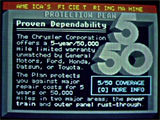 BBDO / Cabletext
BBDO / Cabletext
In 1983 Time's newly created Teletext division planned to roll out an interactive cabletext "interactive magazine" service to the home, to be delivered via cable TV channel.
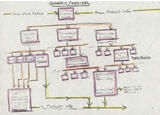 Merck
Merck
In 1982 pharmaceutical giant Merck, Sharp & Dohme explored the possibility of providing information about drugs via simple interactive terminals that would provide immediate medical information access at the doctor's desk and in the waiting room.
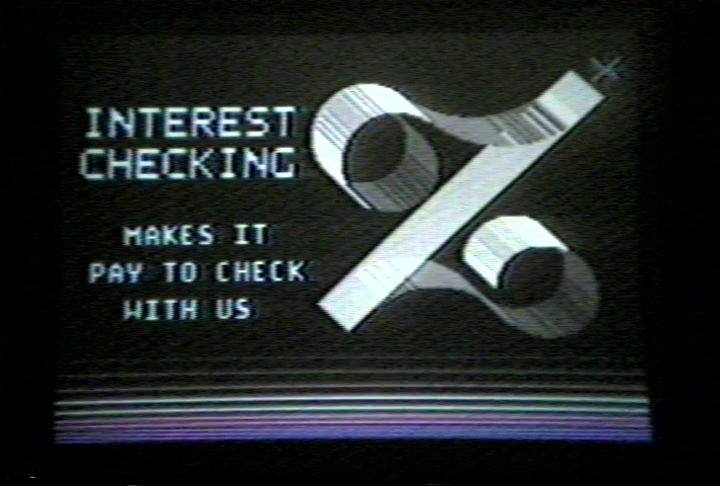 Bank of America
Bank of America
Bank of America anchored publishing giant Times Mirror's Videotex Field Trial of consumer information services to the home with a huge site of consumer banking information - and also modeled online transactions.
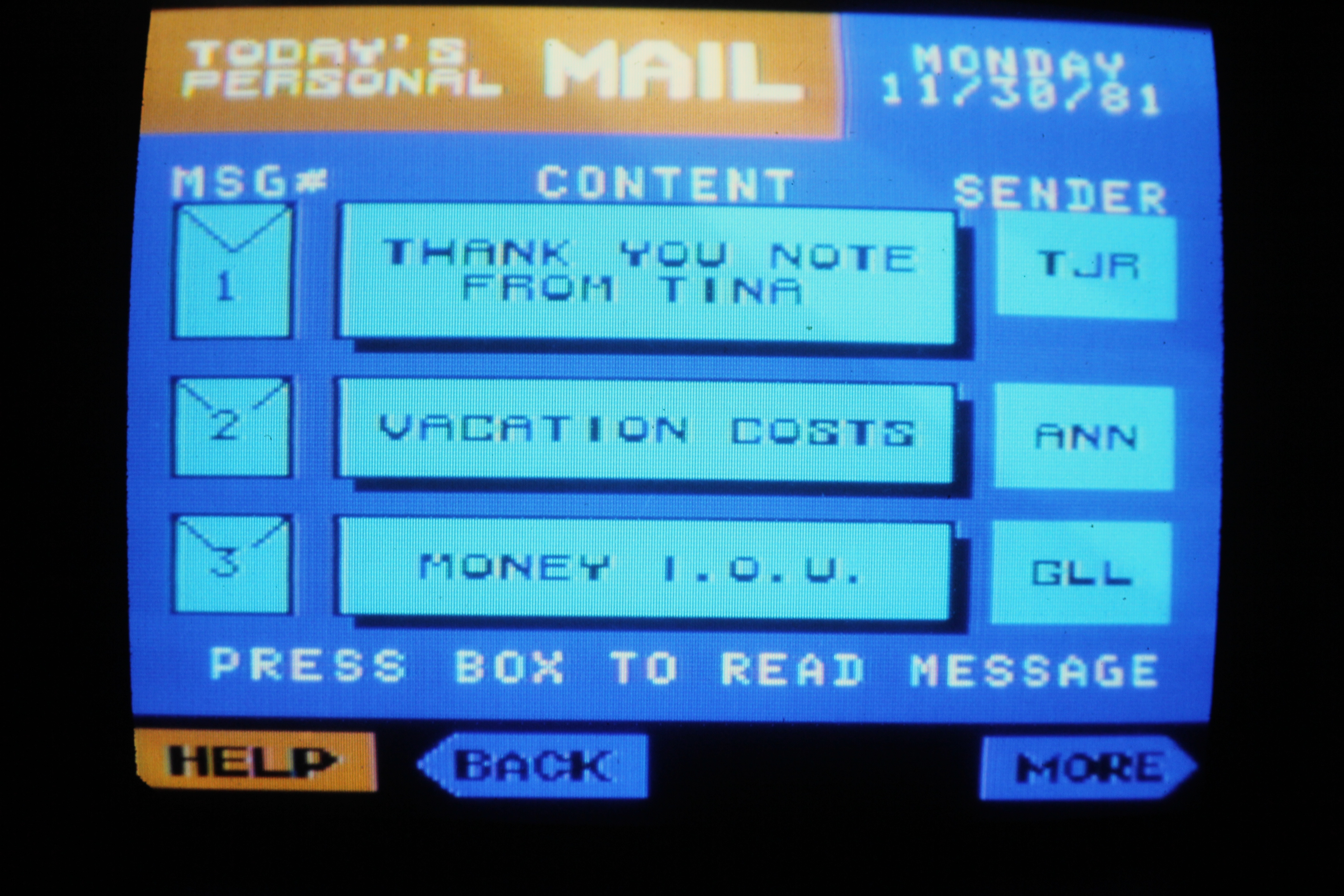 BoozAllen
Hamilton
BoozAllen
Hamilton
In late 1981 leading market research firm Booz-Allen Hamilton decided to test the waters for consumer acceptance of interactive electronic services. We provided design and modeling services this highly secret groundbreaking market research study of the potential for online interactive services to the home.
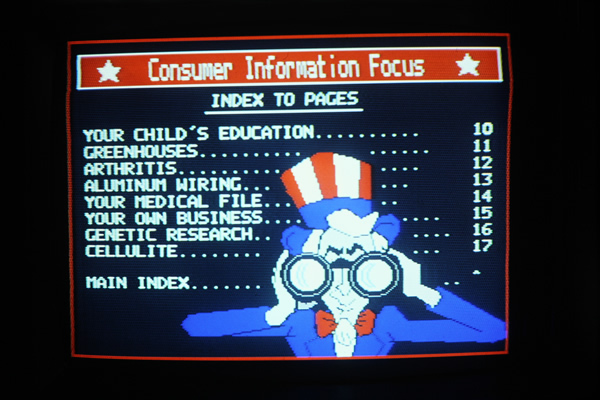 WETA (PBS)
WETA (PBS)
The Government primes the pump. Begun in 1980 at PBS flagship station WETA in Washington, DC, this was the one of first technical field trials of highly graphic broadcast TV "teletext" in the US (the pages were embedded in the TV signal and displayed by a special set-top box).